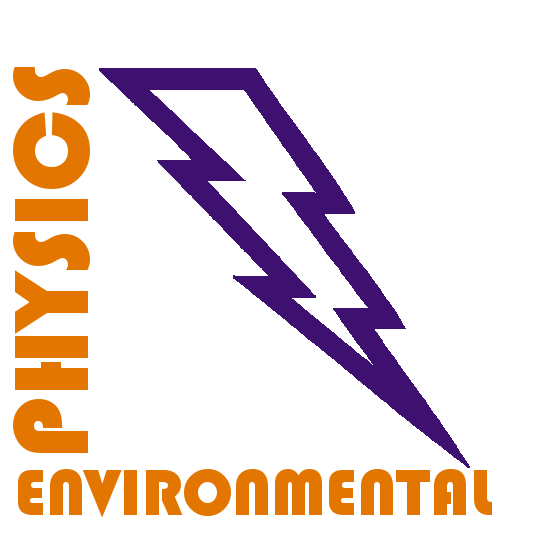Plasma-Activated Water (PAW) as a Sustainable Technology for Wastewater Treatment and Agricultural Development
Kooshki S., Pareek P., Machala Z.
Non thermal plasma for sustainable chemistry, Bad Honnef: Wilhelm und Else Heraeus-Stiftung, 2023, 785, April 23-27, p. 589 (2023)
požiadaj o kópiu
|
|
Abstrakt: Nowadays, more than two billion people around the world use drinking water sources
contaminated by fecal matter and microbial contamination and nearly 6 billion people
will suffer from clean water scarcity by 2050. In the meantime, the global water demand
for agriculture is increasing. One of the possible solutions is wastewater treatment and
recycling as an efficient resource for balancing water demand for agriculture. However,
all conventional wastewater treatment methods have numerous disadvantages, such
as low efficiency against some organic pollutants, high running costs, and pollutants
emission into the environment [1]. To address this issue, we demonstrate that the
atmospheric-pressure Non-Thermal Plasma (NTP) treatment of wastewater can be a
new potential low-energy alternative to conventional water treatment method and a
green route [2]. NTP interactions with water not only cause biological pollutant
disinfection in Plasma-Activated Water (PAW) thanks to the production of Reactive
Oxygen and Nitrogen Species (RONS) in PAW, but can also improve seed germination
and plant growth.
In this study we focused on the effects of the NTP as a sustainable technology for the
treatment of waste water contaminated with Staphylococcus epidermidis bacteria and
the use of such produced PAW for seed germination enhancement. Chemical and
bactericidal effects induced by air plasma in the bacteria suspensions using a new
dielectric barrier discharge reactor with liquid film covering one electrode were
investigated. The effects of the generated PAW on the barley seed germination
percentage cultivated in vitro conditions were evaluated. Inactivation of the bacteria
suspensions were determined in dependence on pH, Oxidation-Reduction Potential
(ORP), and correlated with chemical RONS generated in the PAW. Using Responses
Surface Methodology (RSM) the optimum parameter area in the plasma treatment time
as the main parameter in the experiments was obtained to minimize the electric power
consumption by the system in the bulk quantity water treatment. This study shows the
ability of cold plasma technology for sustainable recovery of clean water and
sustainable agriculture.
|

